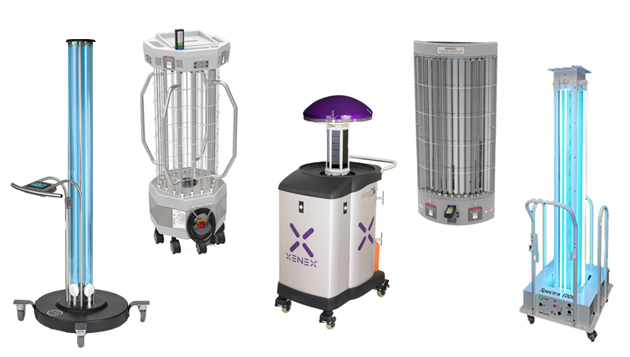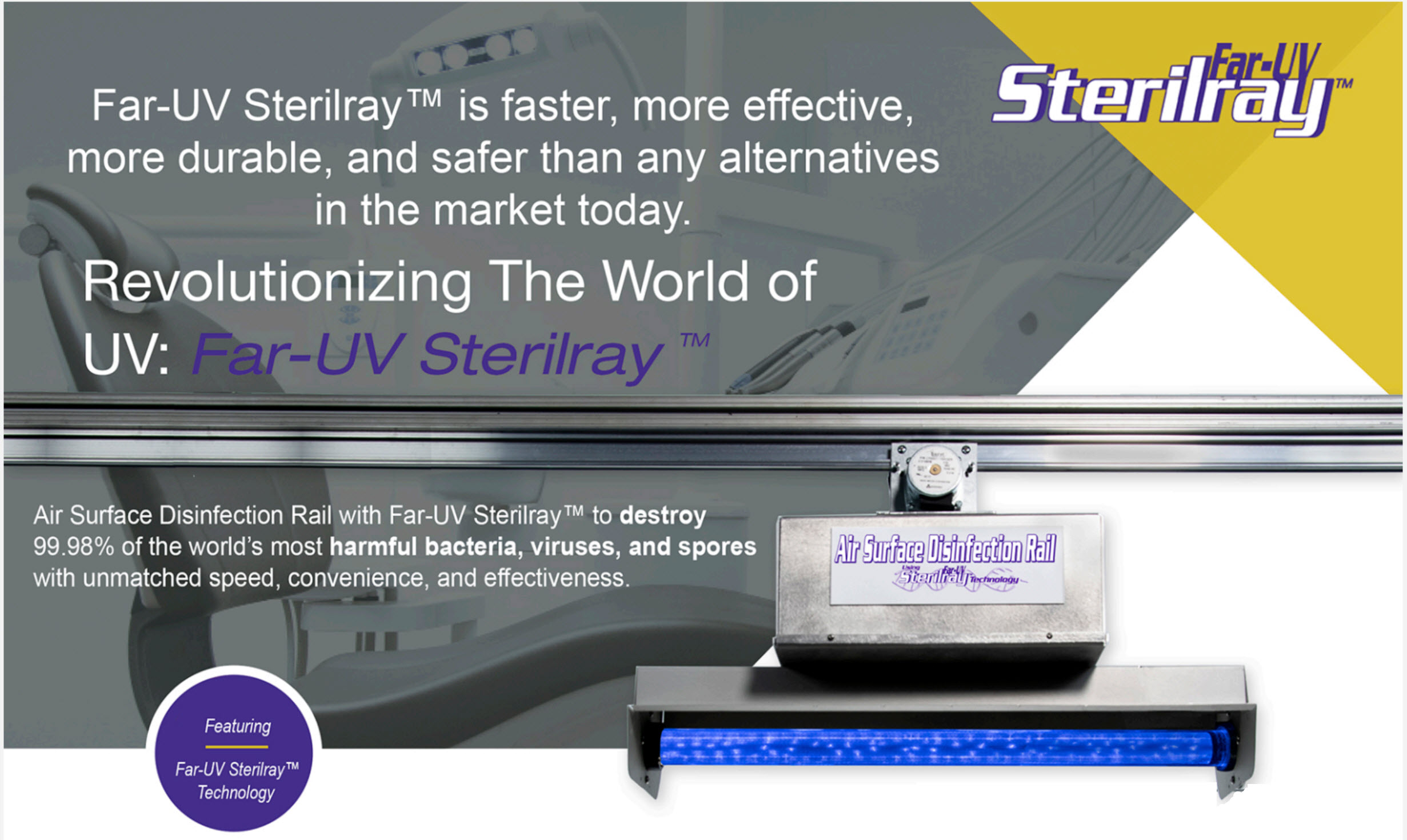Discover the Conveniences of UV Surface Disinfection: Reliable and Eco-Friendly Sanitation
Unveiling the Perks of UV Disinfection: Making Certain Sanitized and tidy Spaces
In the age of enhanced understanding bordering hygiene and sanitation, the significance of reliable disinfection techniques can not be overemphasized. While conventional cleansing methods have actually long been relied upon, innovations in innovation have actually introduced a cutting-edge service that makes certain clean and sterilized rooms: UV disinfection. By using the power of ultraviolet light, this method has actually gained acknowledgment for its capacity to eliminate unsafe pathogens and give an extensive sanitization procedure. The advantages of UV sanitation extend far past its efficiency. This discussion will check out the scientific research behind UV disinfection, its efficiency on numerous microorganisms, its applications in various setups, and the advantages it holds over typical methods. In addition, we will dive right into the safety considerations that need to be taken right into account when applying UV disinfection. Prepare to discover a brand-new dimension of cleanliness and find the untapped possibility of UV sanitation.

The Scientific Research Behind UV Sanitation
UV disinfection is a clinically tried and tested method that makes use of ultraviolet light to eliminate dangerous microorganisms from surface areas and water. The science behind UV sanitation hinges on the capacity of UV-C light to damage the DNA and RNA of microbes, rendering them not able to duplicate and causing their eventual death. UV-C light drops within the wavelength variety of 200 to 280 nanometers, which is very effective in destroying bacteria, viruses, and other microorganisms.
When subjected to UV-C light, the hereditary product of microbes soaks up the power from the light, bring about the formation of thymine dimers. These dimers disrupt the normal replication and transcription processes of the microorganisms, inhibiting their ability to make it through and replicate (uv surface disinfection). The DNA and RNA damage triggered by UV-C light is lethal to the microorganisms, making UV disinfection a effective and reliable technique for killing a vast array of virus
UV sanitation is especially useful in settings where standard chemical disinfectants may be not practical or ineffective. It is a non-chemical approach that does not leave any type of residues or unsafe byproducts, making it risk-free for use in food handling, health care facilities, water therapy plants, and numerous other markets. UV disinfection is eco friendly, as it does not add to the advancement of antibiotic-resistant bacteria or various other hazardous pollutants.
Performance of UV Disinfection on Virus
The efficiency of UV disinfection in removing pathogens has actually been extensively researched and shown in numerous clinical studies. UV radiation has the capacity to inactivate a wide variety of microorganisms, consisting of germs, viruses, and fungis, by harming their DNA or RNA. This prevents them from reproducing and causing infections.
One research study released in the American Journal of Infection Control discovered that UV sanitation worked in decreasing the visibility of multiple drug-resistant microorganisms in health center spaces. An additional study performed by the National Institute for Occupational Security and Wellness demonstrated that UV sanitation had the ability to eliminate 99.9% of the flu infection on surfaces.
UV disinfection has actually additionally shown promise in combating the spread of healthcare-associated infections (HAIs) According to a research study released in The Lancet, making use of UV-C light in addition to typical cleaning protocols dramatically reduced the incidence of HAIs in a health center setup.
Additionally, UV sanitation has actually confirmed to be effective against emerging pathogens, such as the serious acute breathing disorder coronavirus 2 (SARS-CoV-2), which triggers COVID-19. A study conducted by the National Emerging Infectious Illness Laboratories demonstrated that UV-C light can inactivate the virus on surfaces within seconds.
Applications of UV Sanitation in Various Setups
With its tried and tested efficiency in eliminating virus, UV disinfection has located applications in a range of settings. UV sanitation is likewise beneficial in water therapy plants, where it is utilized to kill unsafe bacteria and provide secure alcohol consumption water.
One more vital application of UV disinfection impends purification sector. UV air purifiers are made use of in domestic, business, and industrial setups to get rid of airborne germs, viruses, and mold and mildew spores. This technology is especially useful in atmospheres where individuals are more prone to respiratory system infections, such as healthcare facilities, schools, and workplace buildings.
Additionally, UV sanitation is increasingly being used in mass transit systems, such as trains and buses, to maintain clean and sterilized rooms for passengers. UV light is utilized to sanitize surface areas and air inside the lorries, reducing the threat of spreading out infectious diseases.
Advantages of UV Disinfection Over Standard Approaches
In contrast to conventional techniques, UV sanitation supplies a series of unique advantages that make it a better choice in various industries and settings. One considerable benefit is its performance versus a vast array of microorganisms, including viruses, germs, and fungi. Unlike chemical anti-bacterials that might have restricted efficiency versus particular virus, UV sanitation is a non-selective procedure that can eliminate or inactivate a broad spectrum of hazardous organisms.
One more advantage of UV disinfection is its ability to offer quick and reliable sanitation. Traditional disinfection techniques usually call for longer call times or multiple actions to achieve the preferred level of sanitation. In comparison, UV light can offer instant and constant disinfection, minimizing downtime and boosting efficiency in different applications.
UV disinfection also offers a ecologically friendly and safe alternative to typical sanitation methods. uv surface disinfection. Unlike chemical representatives, UV light does not leave any harmful deposits or spin-offs, making it suitable for usage in sensitive settings such as food processing centers, health care setups, and water treatment plants
Additionally, UV sanitation is an economical service look at more info over time. While the upfront financial investment for UV disinfection systems might be more than typical techniques, the functional costs are typically reduced. UV lamps have a long life-span and need marginal maintenance, leading to reduced labor and replacement prices.
Safety Factors To Consider for UV Disinfection
Thinking about the possible risks connected with UV sanitation, it is necessary to resolve the safety factors to consider entailed in implementing this innovation. UV sanitation utilizes ultraviolet light to kill or inactivate microbes, making it an effective technique for sterilizing numerous surfaces and objects. Nevertheless, it is essential to understand that UV radiation can likewise posture risks to human health and wellness if appropriate safety and security measures are not followed.
First and leading, straight exposure to UV radiation can create harm to the skin and eyes. Prolonged exposure can result in sunburn, skin damage, and also a raised risk of developing skin cancer. It is crucial to ensure that UV disinfection systems are properly confined and equipped with safety features such as automated shut-off devices or activity sensing units to prevent unintentional exposure.

Moreover, proper training and education and learning are important for those in charge of operating UV sanitation systems. They should recognize the potential dangers, understand the security methods, and know just how to handle and preserve the tools correctly.
Verdict
To conclude, UV disinfection supplies various advantages in ensuring clean and sterilized rooms. Its effectiveness in getting rid of virus has been shown via scientific research study. UV sanitation can be applied in different setups, consisting of healthcare facilities, food handling plants, and water therapy systems. Contrasted to traditional techniques, UV sanitation has benefits such as faster disinfection times, very little chemical use, and no unsafe byproducts. Safety and security considerations should be considered to prevent prospective threats connected with UV exposure.
UV sanitation is a scientifically proven technique that utilizes ultraviolet light to eliminate hazardous bacteria from surfaces and water. The DNA and RNA damage caused by UV-C light is lethal to the microorganisms, making UV sanitation a reliable and reliable approach for eliminating a broad range of pathogens.
An additional benefit of UV disinfection is its like this ability to provide effective and fast disinfection. UV disinfection makes use of ultraviolet light to eliminate or inactivate microorganisms, making it a visite site reliable approach for sterilizing various surface areas and items. Compared to typical techniques, UV disinfection has benefits such as faster sanitation times, minimal chemical use, and no dangerous by-products.